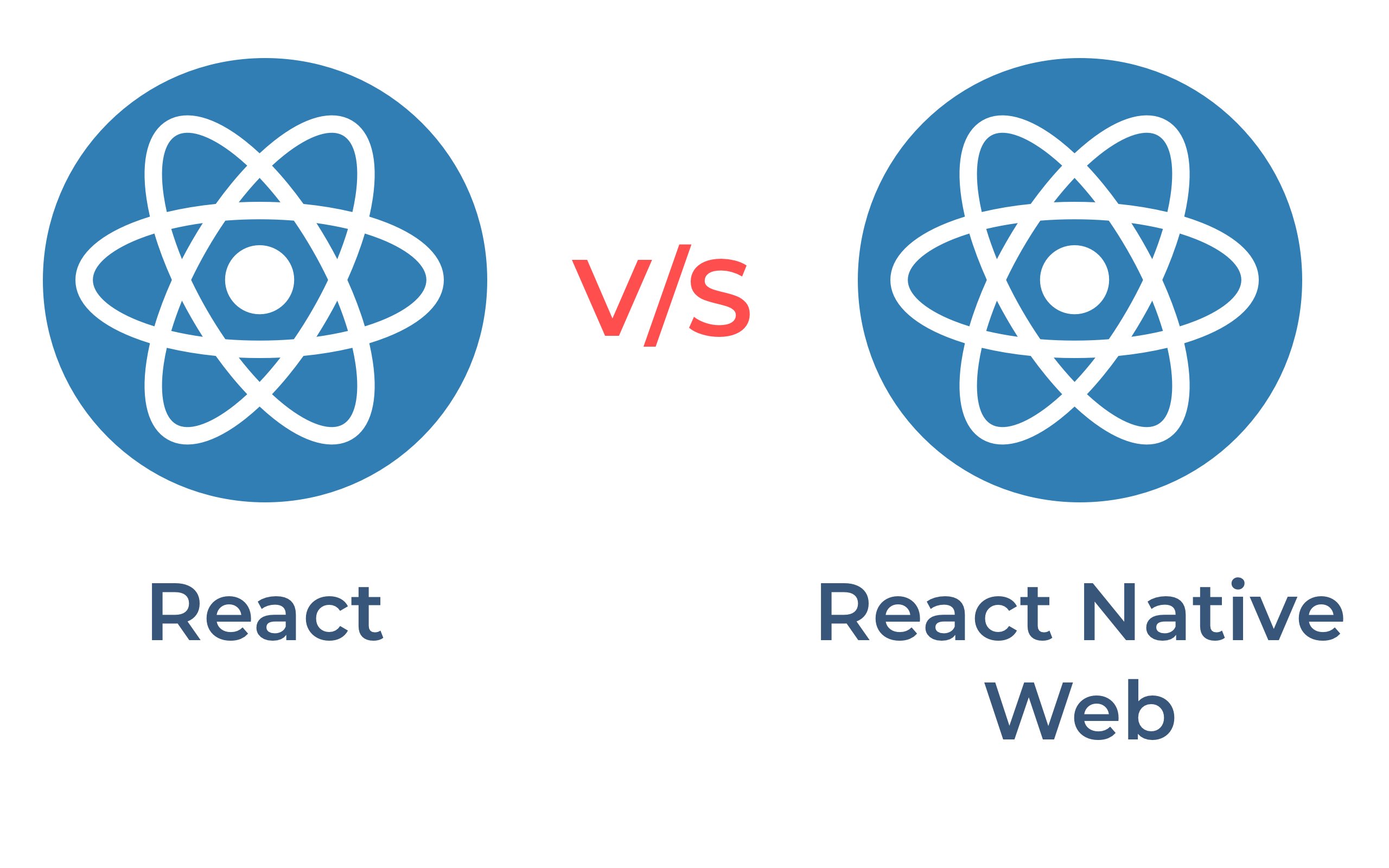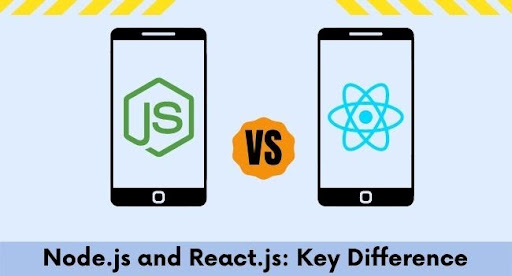Coding is an impressive skill, to be sure. It is, however, not a common one. Additionally, traditional coding is incredibly time-consuming. A low code application development platform, then, is a great alternative.
In addition to reducing the time consumed, these platforms are significantly easier to use. The global IT sector is beginning to look at them as improved alternatives with increasing interest.
This article examines the basic features of such platforms and, most importantly, how they empower application development.

What are low code and no code application development platforms?
It is essential to give a basic definition of low code and no code platforms before diving further. So, the differences between the two need to be touched on.
Low code application development platforms
A low code application development platformis a platform that allows developers to create applications while requiring relatively minimal coding. The key phrase here is ‘relatively minimal coding.’
These platforms use a graphical interface (GUI) with drag-and-drop capabilities that save developers from writing extensive lines of code.
No code application development platforms
No code application development platforms work the same way. GUIs allow for a drag-and-drop functionality when it comes to application development.
True to its name, a no code application development platform does not need coding skills. Essentially, the developer puts the final feature components on an application without writing a single line of code.
What is the difference between a low code platform and a no code platform?
A low code platform and no code platform have the same goal. They expedite the process of application development. The primary differences between low code and no code platforms are the target market audience and the ability to add custom code.
In the context of coding, there are two types of users:
- Citizen developer
- Enterprise or business users
Low code platforms are oriented toward citizen developers. These developers have some level of expertise in coding and only use these platforms to fast pace the development process. These platforms still retain the ability for developers to add custom code.
No code platforms are geared toward enterprise or business users. No code platforms do not allow for any means to add manual or custom code. All the technical aspects of application development are taken away with these platforms. They are, in essence, for the layman.
Since this article refers to the technology behind both platforms as a whole, the two platforms will be clubbed together and referred to as a low code no code platform unless specified otherwise.
Note that when referring exclusively to a low code platform, the term ‘low code application development platform’ will be used.
How do low code no code platforms empower application development?
Aside from being used as tools, software application tools also need to enhance the development process seamlessly. A low code no code platform empowers the entire development process in several ways.
1. Reduces application development time
Developers can use several complex and sophisticated tools while building applications. These tools, of course, offer enhanced capabilities when it comes to designing features into an application.
The one issue with such tools is that they are highly time-consuming and elaborate. This can often result in delays and additional application monitoring.
A low code no code platform, as mentioned earlier, uses a visual approach when it comes to application development. Based on visual IDEs, these platforms seamlessly merge multiple processes. Everything is available in one place from design, development, testing, and the actual application deployment.
Moreover, a Red Hat report states that a low code no code platform can reduce application development time by 90%.
2. Bridges the skill gap in a workforce
With more organizations going digital, it has become increasingly difficult to fulfill the demand for skilled developers. Thus, more organizations are looking toward citizen developers to help with their IT needs.
Besides, a Gartner report states that the number of applications developed by a low code no code platform will triple by 2025. These platforms are effectively empowering anyone to be a developer.
In addition, organizations can meet their needs in a self-sufficient manner without outsourcing IT help. The skill gap in application development is relatively reduced due to these platforms.
3. Scope for seamless future integration
Emerging technology and platforms such as AI or Robotic Process Automation are enormous draws for any organization. However, the existing IT solutions are an obstacle when it comes to organizations wanting to invest in new avenues.
Essentially there is a looming question of how the existing IT structure can be integrated into the upcoming technological avenues.
A low code application development platform promises easy integration with future technology. With interoperability provisions, integrating systems using built-in libraries and connectors becomes easy.
4. Shift the focus from maintenance to innovation
One of the most significant challenges when it comes to software maintenance is the actual cost of it.
The current norm in the IT industry is to charge 15 -20 percent of the initial development costs for maintenance. For instance, if an application costs $200,000 to build, its annual maintenance cost will be $30,000-$40,000. Now, that is a significant amount.
The manner in which a low code no code platform operates, using built-in integrated systems, helps reduce maintenance costs. The simplicity of its integrated features allows the developed applications to function without typically requiring additional IT support.
Besides, with the help of these platforms, organizations and developers can shift their focus from maintenance to innovation.
To conclude
There are, of course, several other ways in which these platforms help with the application development process. The listed examples are only a few specific instances.
Now, as the world moves on to new digital horizons, it is crucial that you move with it. However, finding the right platform can always be challenging. This is where Lansa comes in.
Lansa provides simplified and comprehensive solutions to the application development process. With a visual IDE, the platform helps software developers build toward clean, efficient, and multi-purpose workflows.





